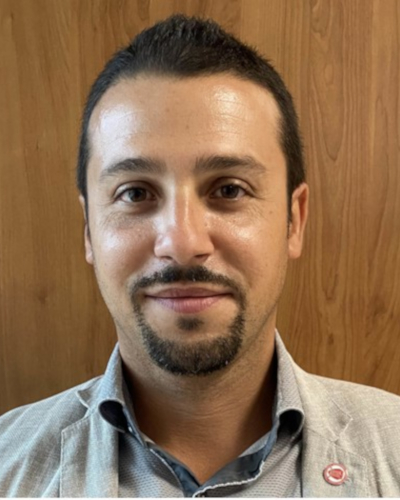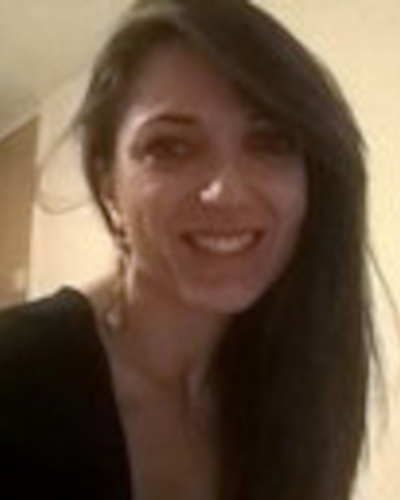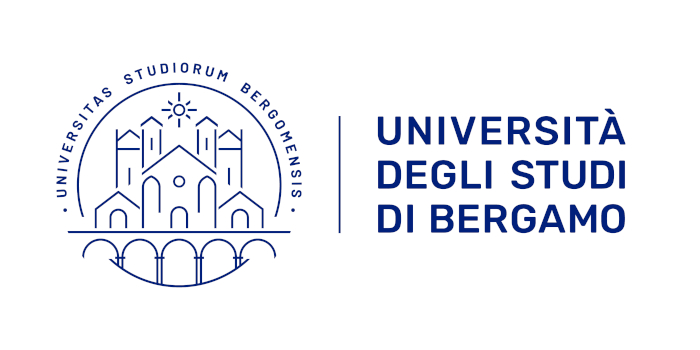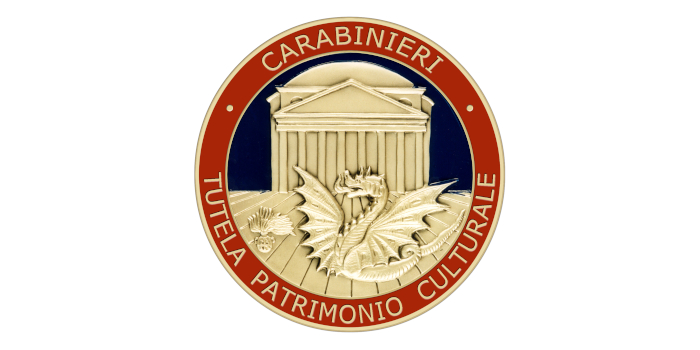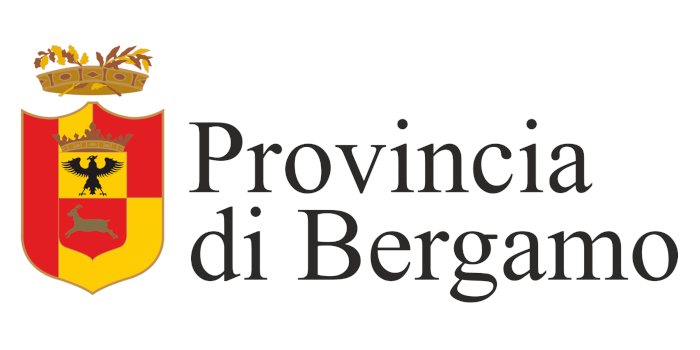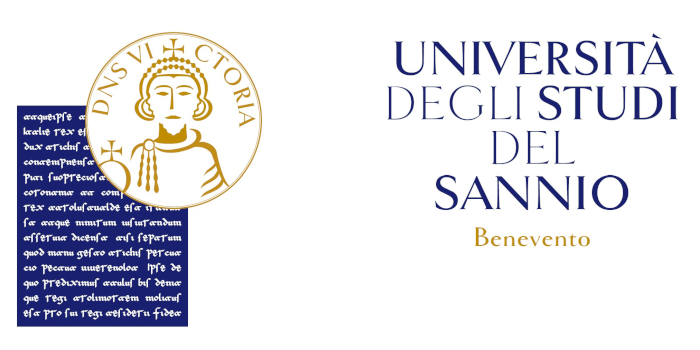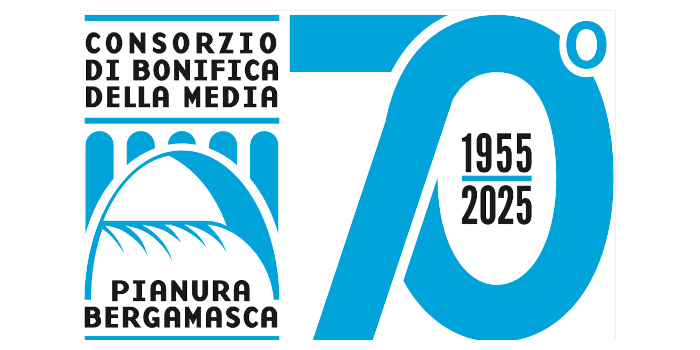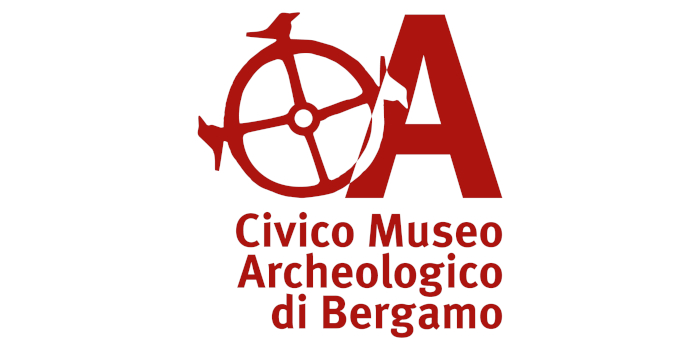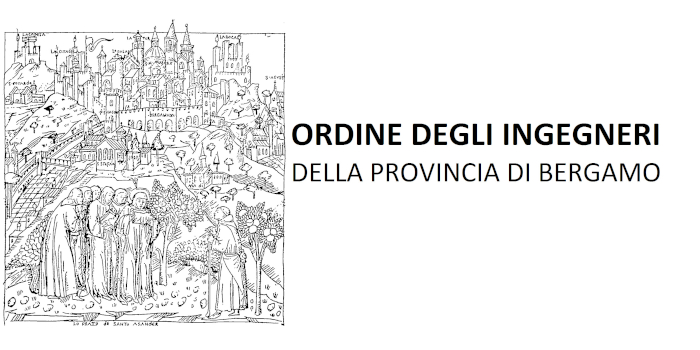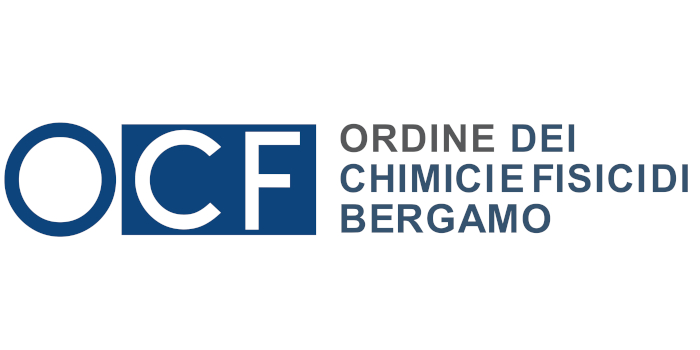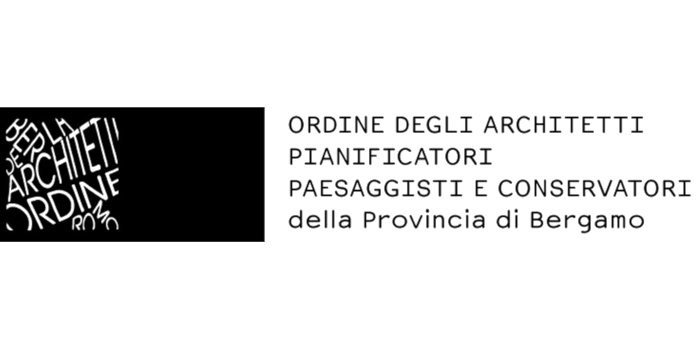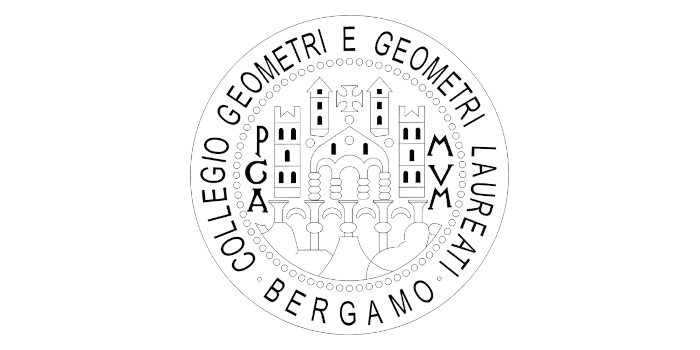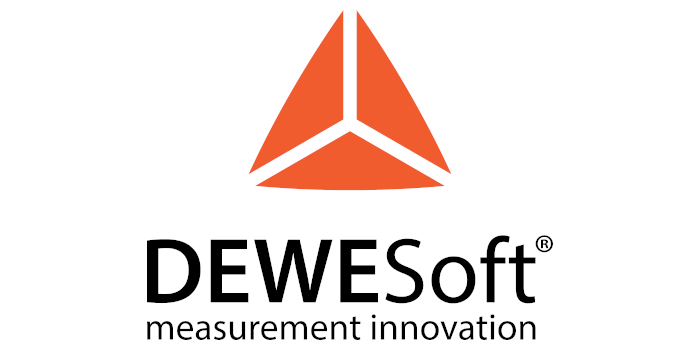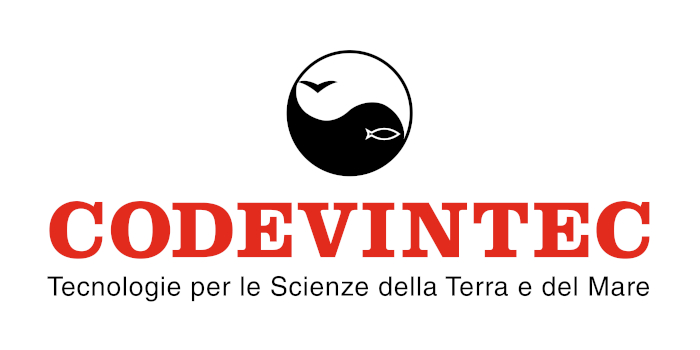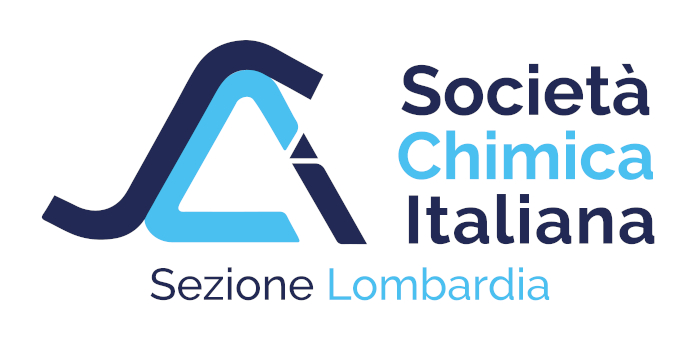SPECIAL SESSION #6
Damage and Radiological Risk Assessment: Diagnosis and Monitoring for the Restoration, Preventive Conservation, Usability and Maintenance of Cultural Heritage
ORGANIZED BY
Francesco Caridi
Department of Mathematical and Computer Sciences, Physical Sciences and Earth Sciences (MIFT), University of Messina, Italy
Simona Mancini
Department of Information and Electrical Engineering and Applied Mathematics (DIEM), University of Salerno, Italy
ABSTRACT
The session aims at illustrating the techniques used to study the artifacts of cultural significance, highlighting the methodologies to be applied to adequately characterize them from the physical-chemical point of view, to study new strategies and materials for their restoration and conservation, to support their critical interpretation investigating the artifact-environment interaction. Moreover, the assessment of the radiological risk for the population due to the natural radioactivity content of building materials largely employed for the construction of historical monuments of interest in the field of cultural heritage is also a key topic of the session. At the same time, this session is also aimed at promoting and stimulating discussions among scientists of different expertise, involved in Cultural Heritage studies, such as biologists, chemists, physicists, engineers, architects, art historians and conservation scientists.
In-depth interdisciplinary studies exploring diagnostic methods, alteration and/or deterioration phenomena, prevention and conservation treatments are encouraged, in order to offer invaluable information to archaeology, art history and conservation and to support usability and preservation of Cultural Heritage.
TOPICS
Topics include, but are not limited to:
- Monitoring and characterization of deterioration features of Cultural Heritage;
- New methods and instruments for the characterization of natural and artificial materials, diagnosis and conservation treatments;
- Forthcoming developments in conservation and restoration knowledge: nano-, bio- and physical technologies;
- Assessment of efficiency, compatibility, reversibility of new conservation treatments and methods;
- Radiological risk assessment due to the natural radioactivity content of building materials largely employed in the field of cultural heritage;
- New tools and methods for assessing damage of cultural heritage.
ABOUT THE ORGANIZERS
Francesco Caridi is a Senior Researcher of Applied Physics (to Cultural Heritage, Environment, Biology and Medicine) at the Department of Mathematical and Computer Sciences, Physical and Earth Sciences of the University of Messina. Graduated in Physics cum laude in 2003 at the University of Messina, PhD in Physics in 2007 at the same University, National Scientific Qualification as Associate Professor in 2017, National Scientific Qualification as Full Professor in 2022.
He is co-author of 169 publications on ISI/Scopus rated journals and more than 100 invited talks/communications at National and International Conferences and Events, in the field of Physics Applied to Cultural and Environmental Heritage. Citations: 1775, H-index: 31 (Scopus database).
His research interests include but are not limited to:
- application of invasive and non-invasive micro- and spectroscopic techniques for the analysis of materials largely employed in the field of Cultural Heritage, as well as their degradation forms;
- characterization of materials of particular historical-artistic interest in terms of natural radioactivity content, in order to assess the radiological risk for humans;
- systematic implementation of operative strategies aimed at the evaluation of the radon exhalation rate in building materials.
Simona Mancini is a Research fellow at Department of Information and Electric Engineering and Applied Mathematics of the University of Salerno possessing the National Scientific Qualification as Associate Professor on Applied Physics (to Cultural Heritage, Environment, Biology and Medicine) (2025). Graduated in 2012 in Civil Engineering at the University of Salerno, qualified to exercise the profession of Engineer, Energy Auditor, Safety Coordinator on construction sites, Health & Safety Manager, post-graduated in "Energy Efficiency" at the University of Rome "La Sapienza" in 2013, PhD in Mathematics, Physics and Applications in 2017. Since 2014 she is Responsible of the Quality Assurance at the Laboratory of Ambient and Radiation (Amb.Ra.) of the University of Salerno, ISO9001:2015 certified. First author of the Italian patent No.102020000006313 (sensor network for monitoring and forecasting Radon gas in closed environments) presented on 03/25/2020.
Her current research is mainly focused on the:
- study and development of regional strategy for the assessment of the radon risk;
- development of a real time integrated system for the monitoring and control of indoor radon concentrations in indoor environment;
- development of new protocols for the evaluation of the radon exhalation rate in building materials;
- innovative technologies applied to cultural heritage protection and conservation;
- environmental monitoring for prevention and protection of natural hazards;
- protection of population and workers’ health from ionizing radiation.
She is co-author of 40 publications on ISI rated journals and more than 20 invited talks/communications at National and International Conferences and Events, in the field of Applied Physics. Citations: 211, H-index: 8 (Scopus database).


